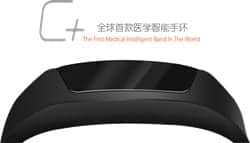Scientists at the Wyss Institute for Biologically Inspired Engineering of Harvard University have developed a new robot that smokes 10 cigarettes, which will allow researchers to analyze the biological effects of smoking. The new device puffs on up to 10 cigarettes simultaneously, then channels the smoke to a tiny computer chip lined with live human lung cells. The researchers outfitted the machine with cells from healthy humans as well as patients with COPD, a respiratory condition that is considered to be the third-leading cause of death in the world, reports The Washington Times.
“The device enables us for the first time to compare responses of human small airway tissues, from both normal individuals and COPD patients, before and after they are exposed to cigarette smoke delivered through physiological breathing outside the human body,” explains Donald Ingber, the founding director of the Wyss Institute and the lead researcher of the study. “We can now begin to decipher which cell types, cellular functions and genes contribute to smoke-induced injury in normal lung, as well as during COPD exacerbations in individual patients, and thereby, identify common as well as patient-specific disease factors.”
The Washington Times report indicates that the device described by the Harvard researchers enables them to simulate the actual intaking of toxic smoke without complications related to testing either humans or lab animals. The researchers wrote in the journal Cell Systems, “There is a great need for a novel, versatile and physiologically relevant experimental model that faithfully recapitulates inhaled smoke-induced airway pathologies to study the biological effects of tobacco products.”
Photo Courtesy of Wyss Institute at Harvard University
Source: The Washington Times










